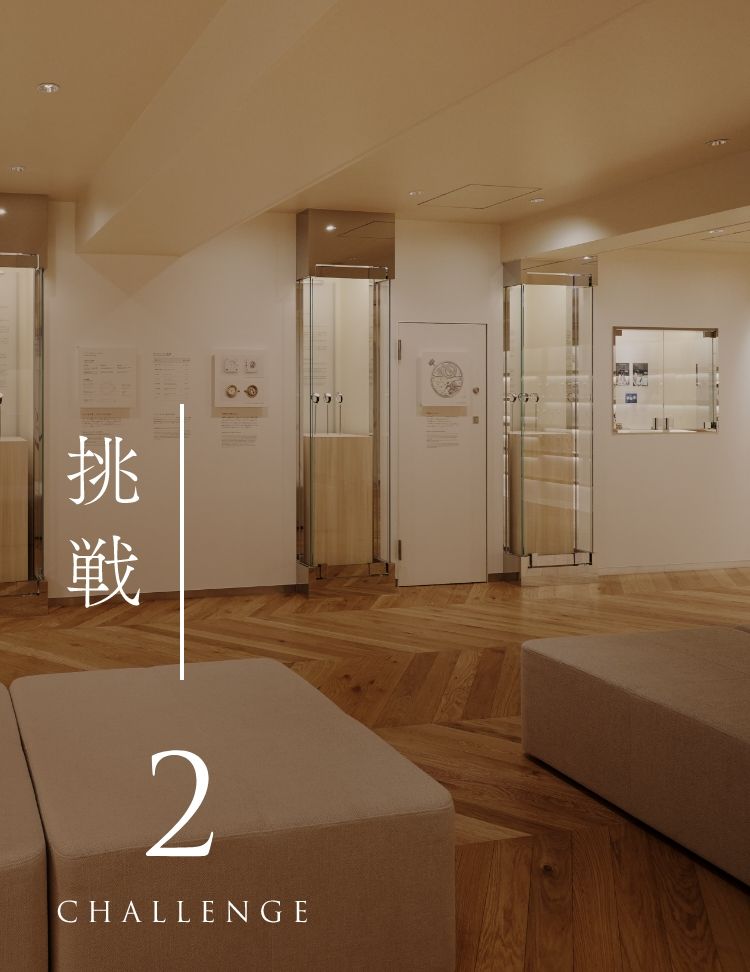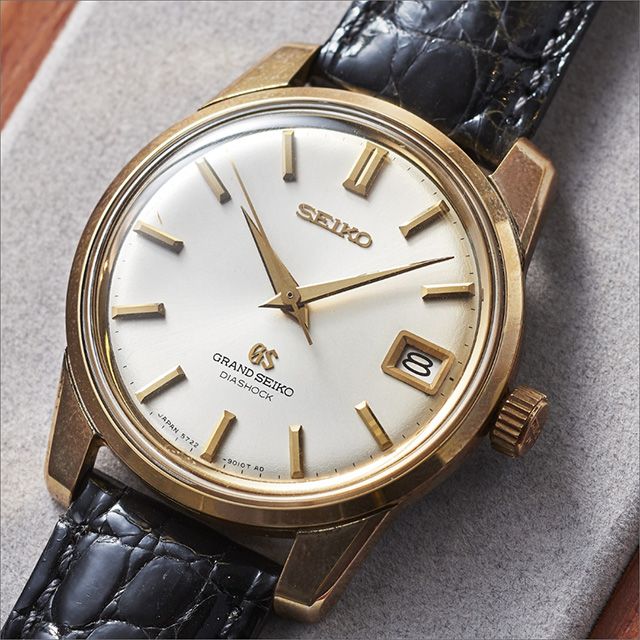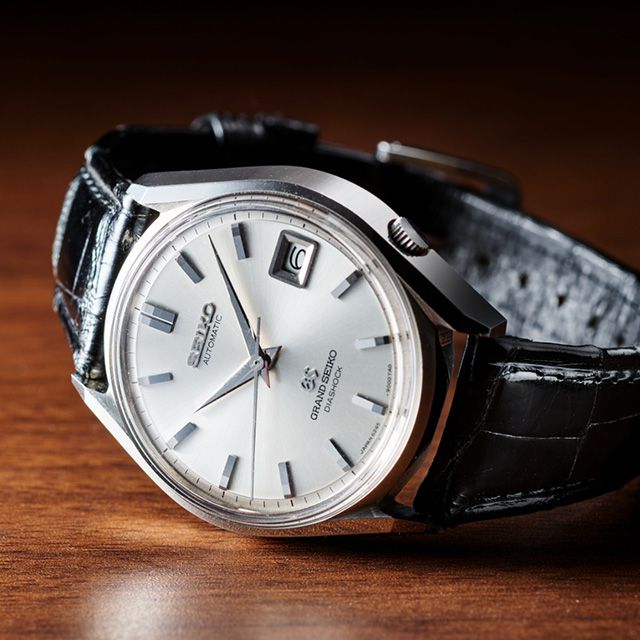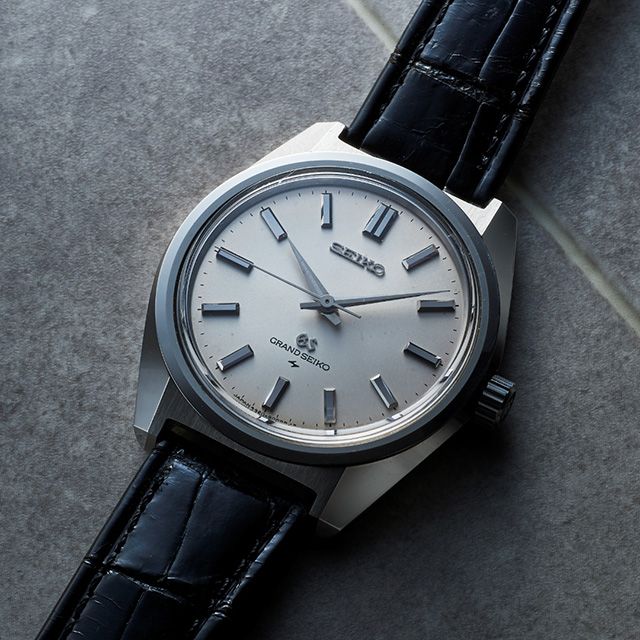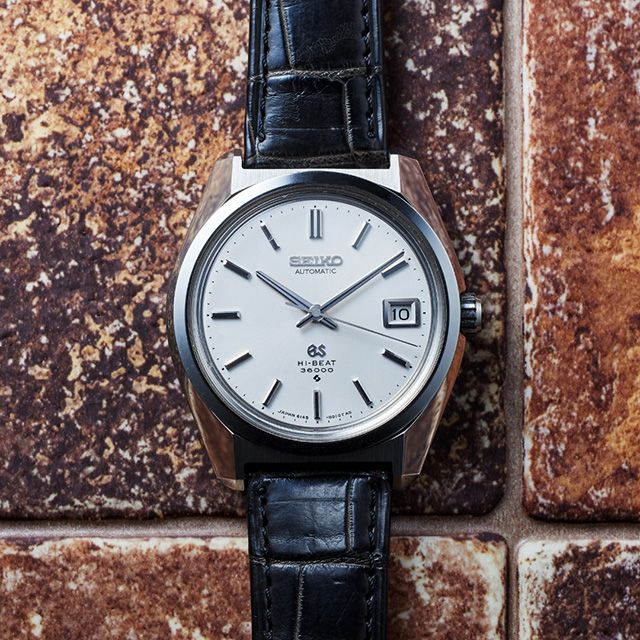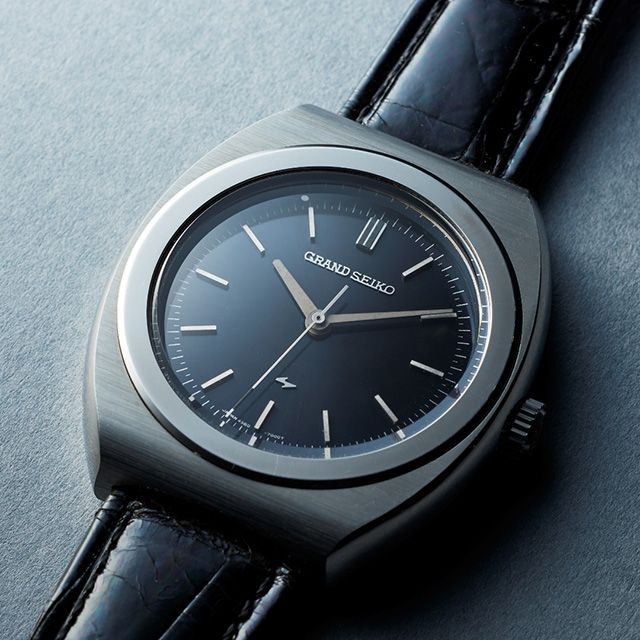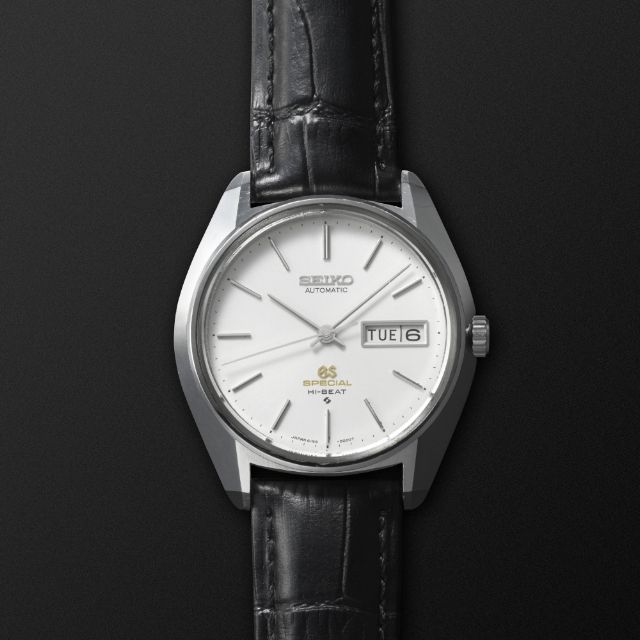The history of striving to create the highest quality watches
In 1964, four years after the release of the first Grand Seiko, the Grand Seiko Self-Dater was created,
with greatly improved practical performance. This became the model that clearly defined the direction
of Grand Seiko from that point on.
The challenge of creating the highest quality watches continued, and in 1966, the Grand Seiko
Standard, which was even more stringent than the chronometer standard set by the Bureaux Officiels de
Contrôle de la Marche des Montres, was established, and in 1967, a design philosophy called the Grand
Seiko Style was devised. Under this standard and this philosophy, Grand Seiko continues to evolve and
develop as a unique brand.


